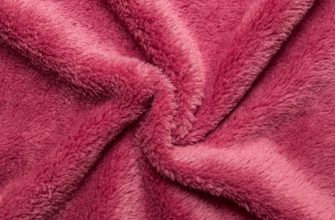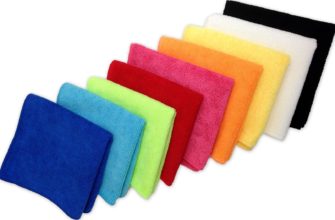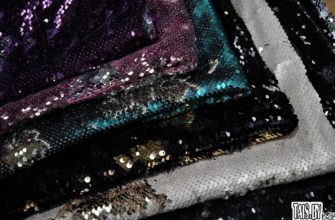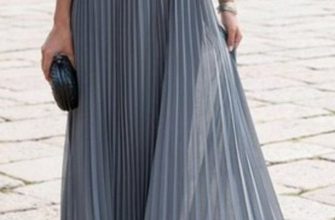Lining fabrics are necessary not only for clothing items, but also in various crafts. Therefore, craftswomen often face the question of which lining material is best to choose for work. This article discusses the difference between interlining and interlining.
- What are interlinings and interlinings?
- Description of the dublerin
- How to care for products using interlining
- Positive qualities of dublerin
- Disadvantages of the material
- What clothing details are duplicated?
- How to work with it
- Description of non-woven fabric
- Types of non-woven fabric
- Which is better: interlining or interlining
What are interlinings and interlinings?
Smooth interlining is much cheaper, but it is more practical to work with interlining. It is quite elastic, soft and easy to drape. It is used for interlining products. It is used to strengthen the fabric, add volume, make the product durable, so that it does not shrink after washing.
Flizelin is a paper material for linings, based on cellulose with polyester additives. It can be of different densities.
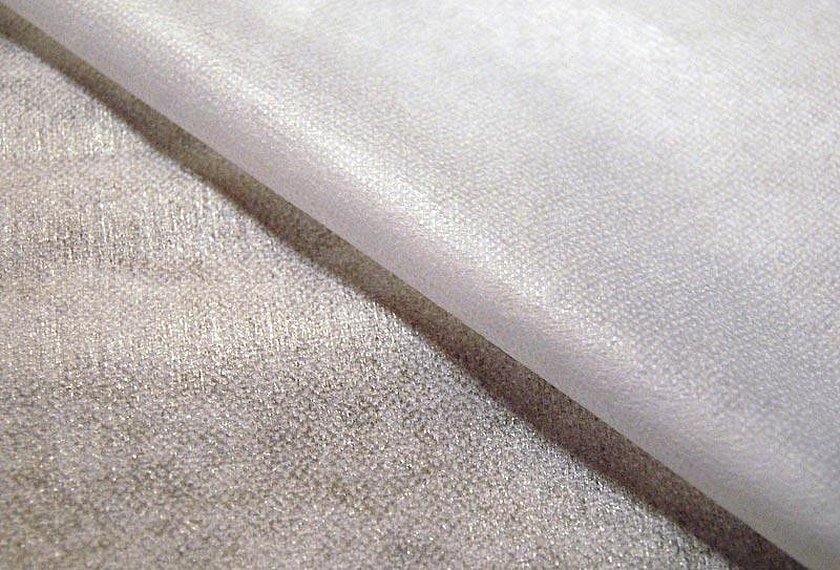
Interlining and interlining what is the difference between these fabrics? The first is a woven material, and the second is non-woven.
The main difference between interlining and non-woven fabric is the density and quality of the raw materials used.
Description of the dublerin
Interlining is made from a cotton base with the addition of polyester and viscose fibers. The ratio may vary.
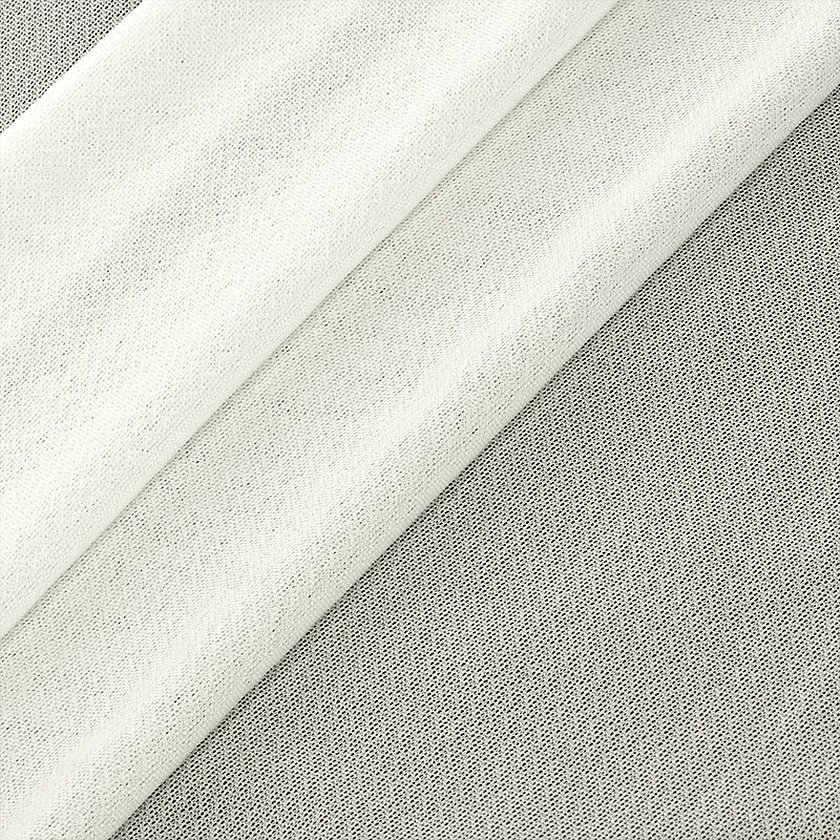
To make the adhesive layer, the following compositions are used: ethylene vinyl acetate, polyethylene or polyamide. These substances melt at different temperatures.
It can also be of different density and width. The colors of interlining are usually neutral, black or white. But sometimes they are colored, to match the color of the product.
To make it possible to glue it to the base, glue is applied to it in dots.
How to care for products using interlining
This material is quite easy to care for. You only need to follow the washing instructions indicated on the product.
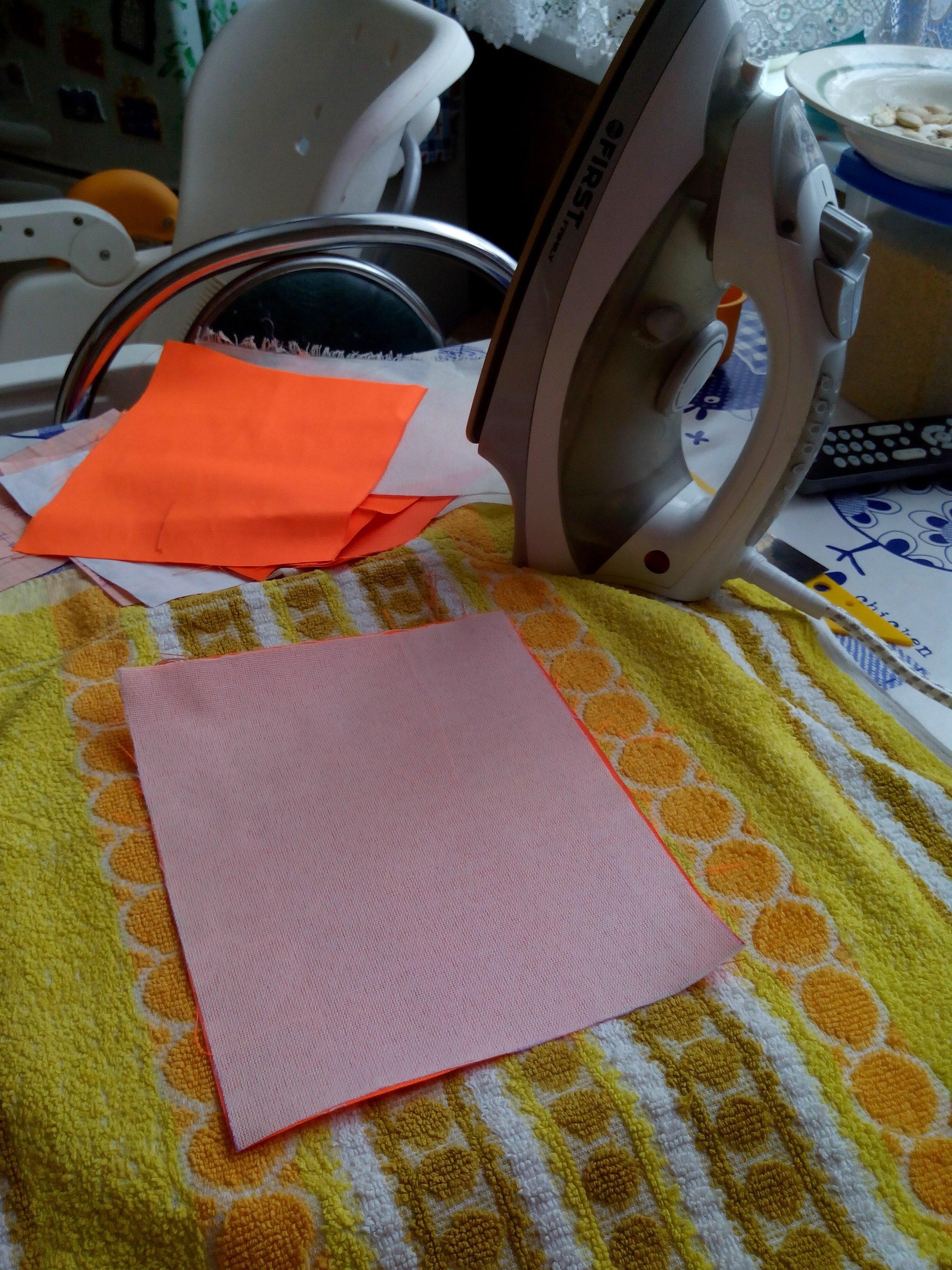
If the lining has been glued correctly, then it is allowed to wash the products at high temperatures. It is advisable to wring only in a delicate mode. If the interlining has come off, it can be carefully glued using a hot iron.
What can you replace interlining with if you don't have it at hand? Cardboard or organza will do the job just fine.
Positive qualities of dublerin
Advantages of the fabric:
- Does not wrinkle;
- Draping is permitted;
- The base material does not stretch;
- Keeps its shape for a long time;
- A large number of varieties.
Disadvantages of the material
To start working, you need to choose the type of interlining, it should match the fabric. When using fabric interlining, you need to pay attention to the elasticity, it should match the product.
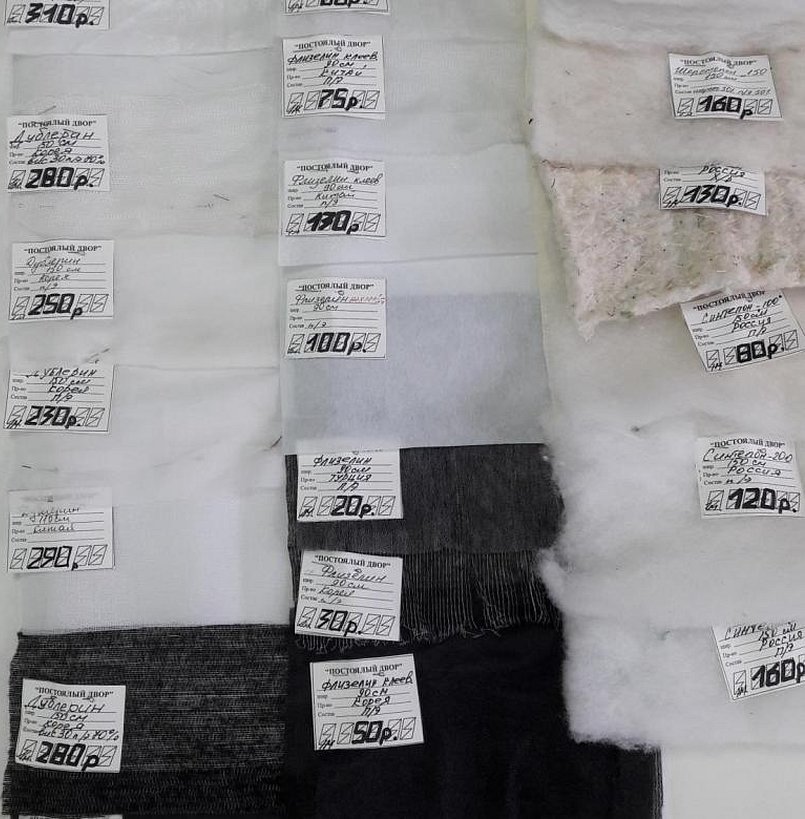
Please note! The only drawback is its cost. The price for 1 meter of fabric interlining is about 100 rubles.*
This material is of quite high quality because it uses natural threads.
What clothing details are duplicated?
- For outerwear, you can duplicate: shelves, neckline, top collar, cuffs. This is done to give shape to the product;
- Partial duplication: pockets and side parts of things. Used to add rigidity, to prevent stretching;
- Duplicating stretch cuts: hem of clothing, sleeve bottom, armhole cuts, collar. Used mainly in coats or jackets, very rarely in dresses;
- Duplication is done before stitching the products;
- The direction of the grain of the main material and linings must match;
- Basically, linings are made without allowances, exactly according to the pattern mark.
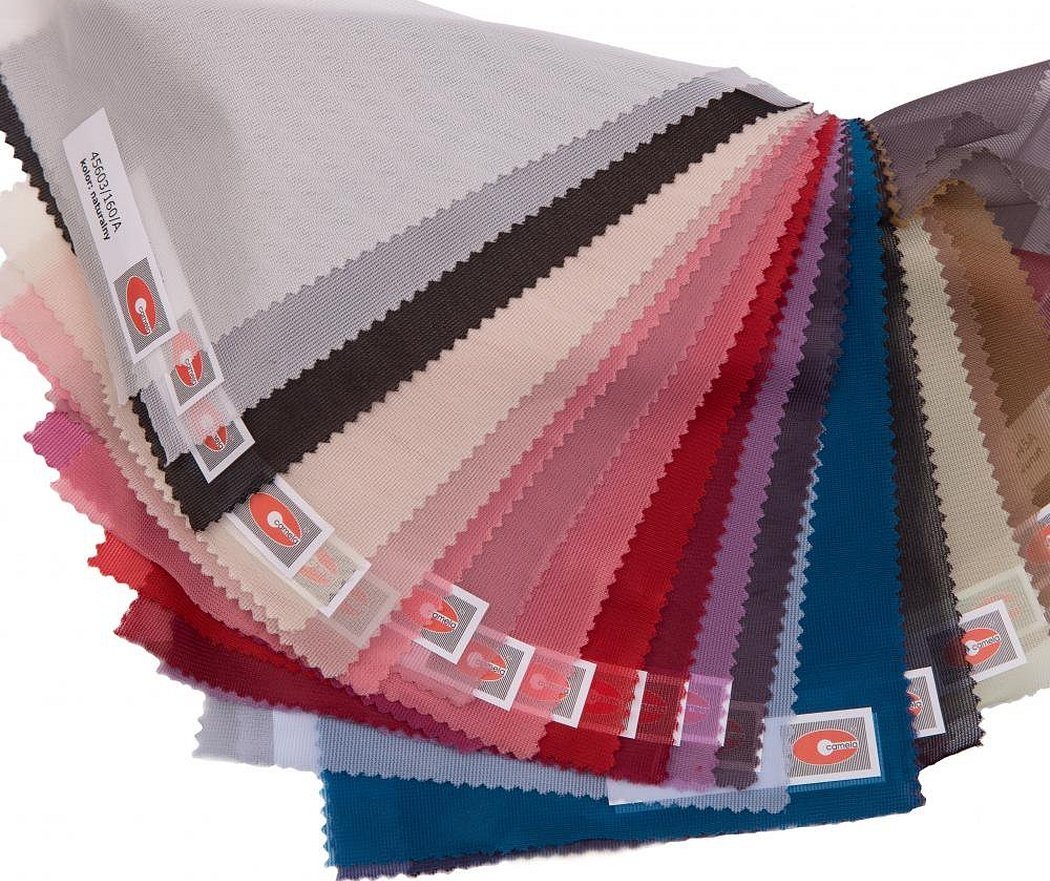
How to work with it
In order not to spoil the product, when gluing interlining, you need to follow some instructions. You need to choose the type of fabric that will match the finished garment. Professional seamstresses recommend decatizing the interlining before use. This is easy to do: the lining needs to be dipped in water for several hours, then taken out and dried. Wringing should not be done. This process must be done so that the product does not shrink after the first wash. Natural fibers are used in the creation, so there is such a risk.
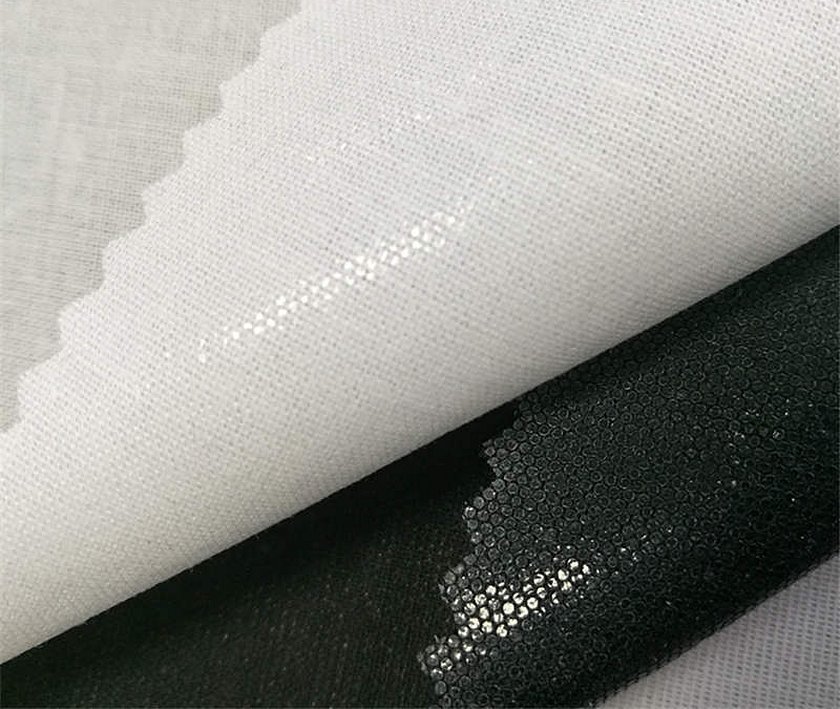
After drying, the fabric is ready for use:
- Cut out the parts needed for the product from the lining;
- Spread the item you need to work with on a flat surface;
- Place a piece of interlining on top of it with the adhesive side down;
- Place an auxiliary fabric or bandage on top, which is used when ironing;
- Using a hot iron, iron the product;
- It is necessary to iron it evenly, with light movements, but not to move it in all directions;
- The product can be handled only after it has completely cooled down.
Description of non-woven fabric
This is a material that is used for sewing products to strengthen the cutting details.
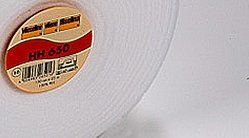
Flizelin increases the durability and strength of clothing, thanks to it things do not stretch. It is used for everything from summer to outerwear. It is very often used in the creation of soft toys for children. Flizelin perfectly adds rigidity to details, for example, rabbit ears can be fixed with this material.
The basis of this fabric is artificial cellulose threads, so it is very similar to paper. To make it more durable, polyester is sometimes added to the composition.
It is mostly light in color, but can easily be dyed to match the item you are working with.
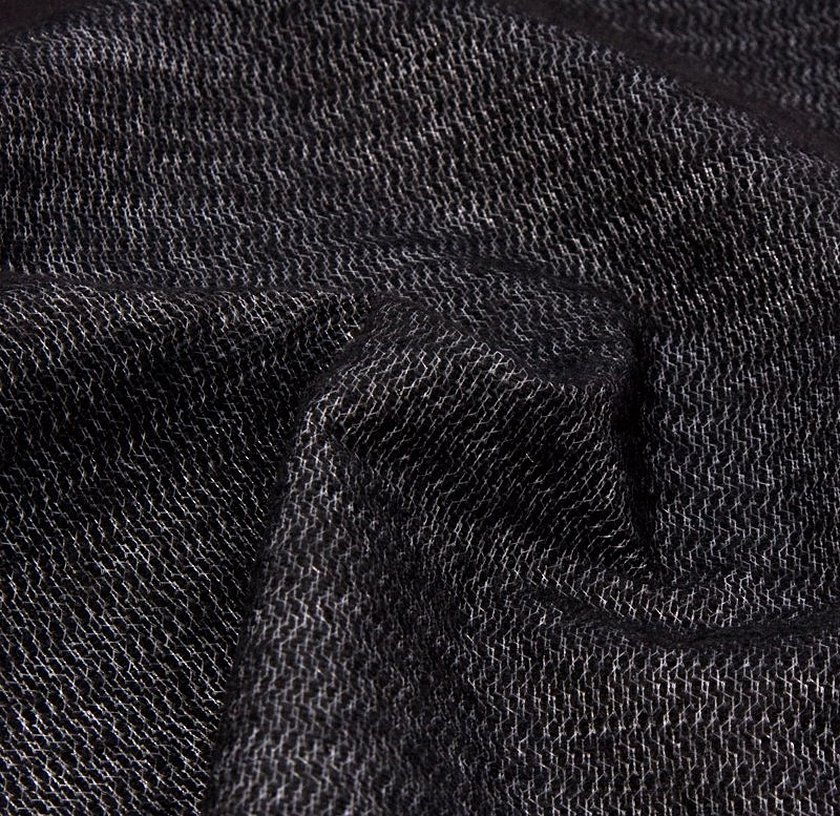
It can be so thin that it will not be visible, or it can have a high density, almost like cardboard. Thanks to this fabric, those parts of the products that wrinkle and deteriorate when washed, easily wear out during use, become much stronger and harder, do not stretch and do not spoil the aesthetic appearance.
Sold in rolls 100 meters long and 20 to 100 centimeters wide.
Of course, this material has a number of pros and cons. Many people choose it because of its low price, from 20 rubles per meter.*
Among the disadvantages, the following nuances can be highlighted:
- Not durable - if the material has a low density, it can tear like a sheet of paper, while high-density fabric makes the product very rigid;
- Deformation - can easily break and bend;
- Low wear resistance - may break during use.
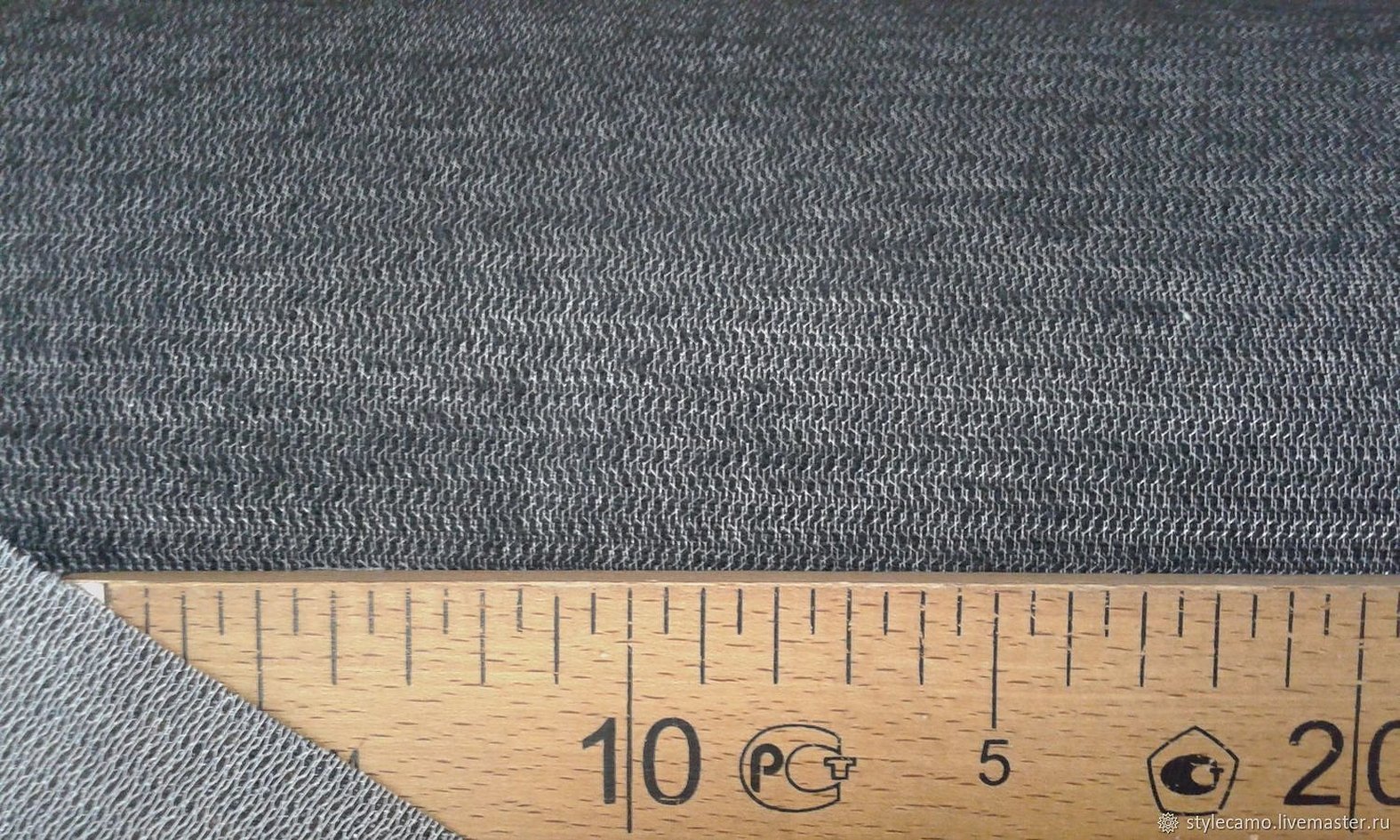
Types of non-woven fabric
- On an adhesive base. The fabric is made from cellulose threads with a thin layer of glue. Its composition can be applied densely to the fabric or dotted. To give the product rigidity, interlining with a continuous adhesive base is taken. If the product should be light, but able to hold its shape, then a dotted base is taken. The web on the glue cannot be removed.
- Non-adhesive. Interlining material that is not treated with adhesive solution. It can be tear-off or water-soluble. It can be easily removed from the product.
What is water-soluble interlining - it is a type of material that can be dissolved in water. It is mainly used for embroidery.
Flizelin for leather is denser than the one used to strengthen clothes. But what can replace flizelin if you don’t have it? Regular paper with a layer of PVA will do.
Which is better: interlining or interlining
To choose correctly, you need to know the difference between interlining and interfacing. It is recommended to use interlining as a lining material. But not everyone can afford it, since it has a relatively high price. For outerwear, sweaters, it is better to buy interlining, it will allow you not to worry about the fact that things can stretch or become deformed.

For summer clothes, T-shirts or toys, you can use double-sided interlining. It is not expensive, does not have high strength, so when used, the products will be light and pleasant to use.
Please note! These two materials are very difficult to distinguish from each other by sight. Therefore, when buying, it is better to consult with the seller. The main difference is in density, so you can understand by touch.
Lining fabric should be used in many products because it holds its shape well and adds rigidity to things. Even a novice needlewoman can glue the lining on her own, the main thing is to have an iron at hand.

